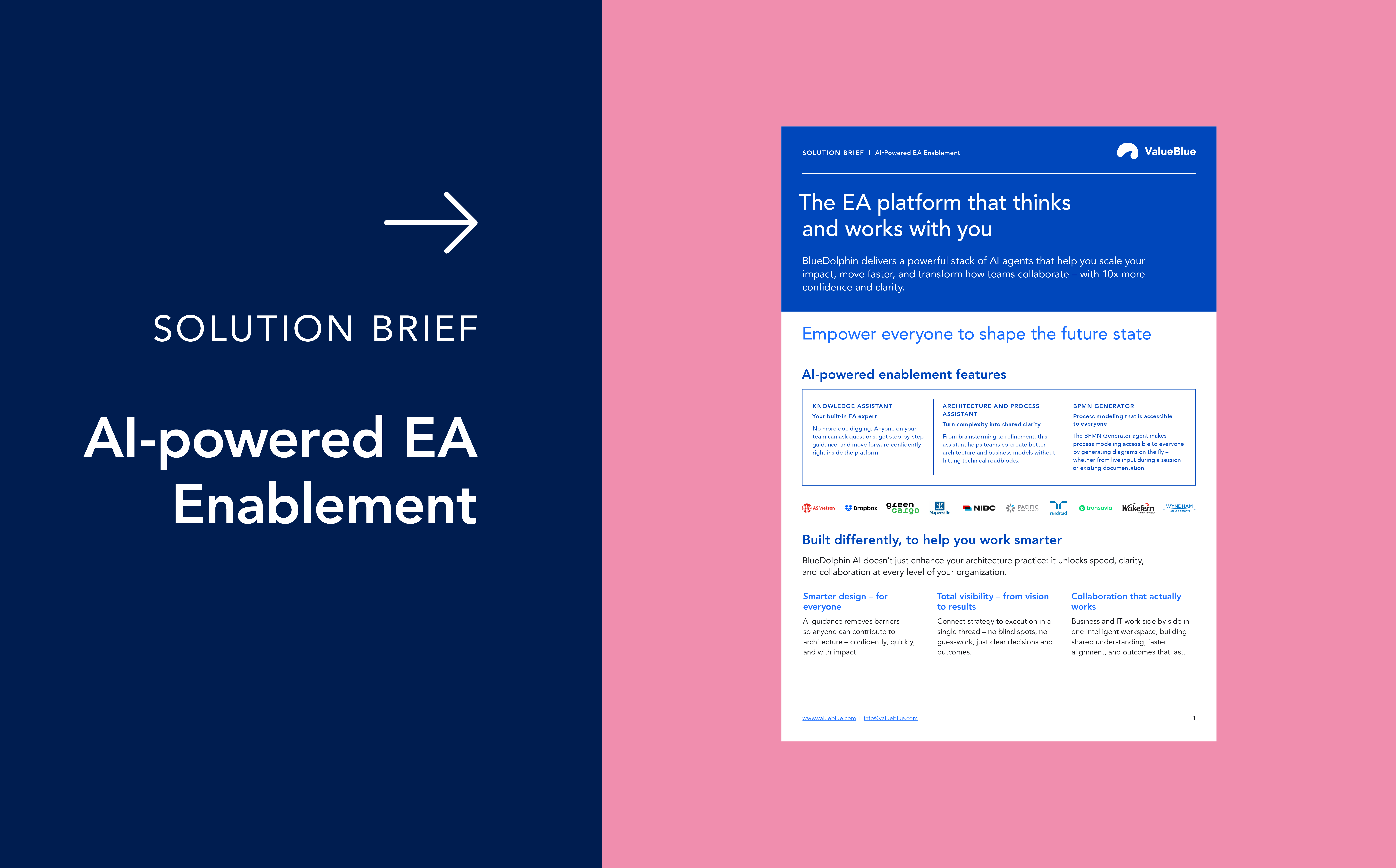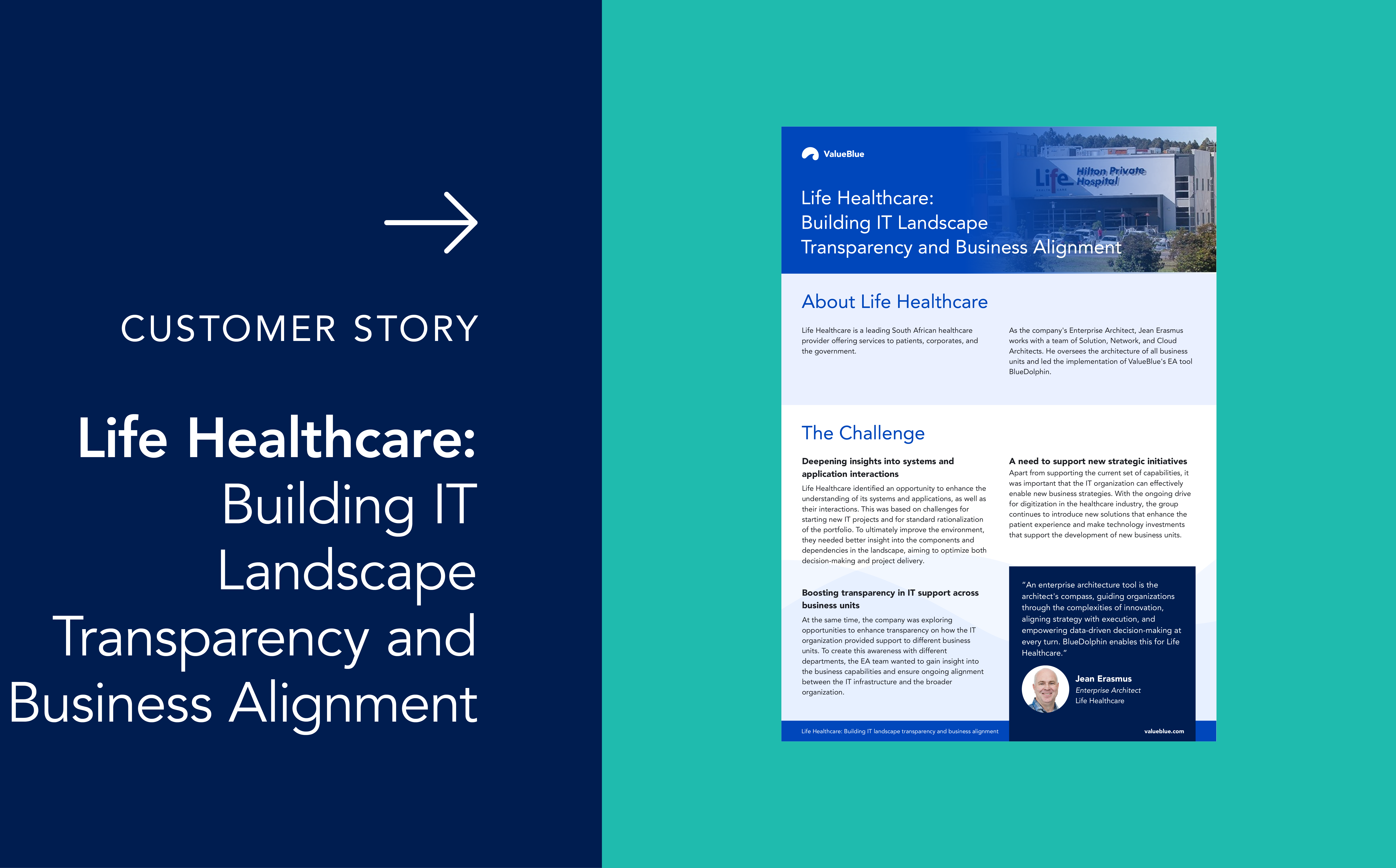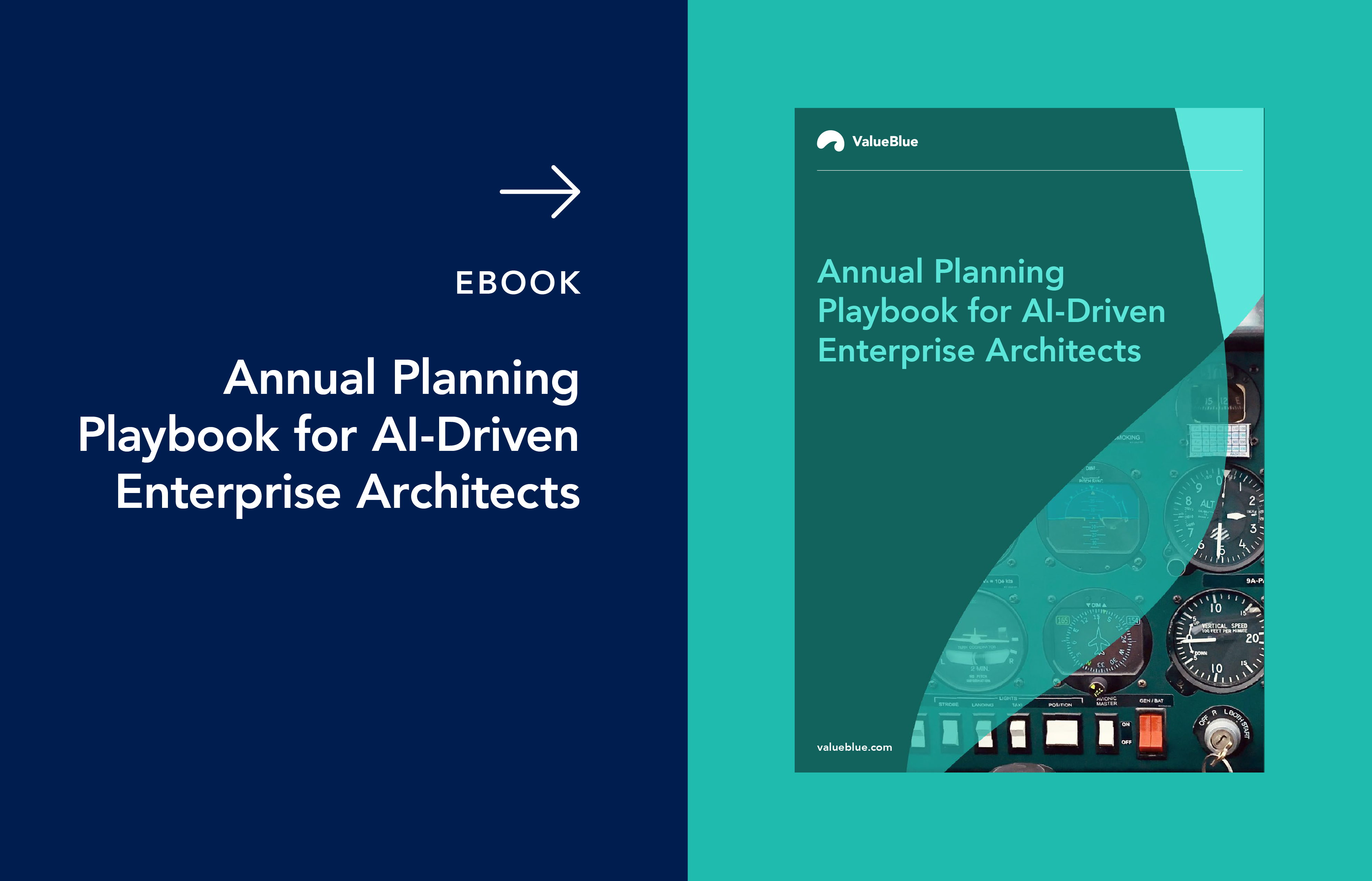Product Architecture: Delivering Integrations Faster
Why does every project feel like starting over? You build a customer solution in Q1. Another customer needs something similar in Q2, and somehow your team is back at the whiteboard, figuring it out from scratch. The knowledge exists. Someone built it three months ago. But between spreadsheets, scattered diagrams, and whoever remembers how it actually works, that knowledge isn't accessible when you need it.
This goes deeper than a people problem. You're looking at an architecture problem masquerading as a delivery problem.
The pattern: Intelligent reuse separates fast from stuck
Companies delivering customized solutions faster than their competitors aren't working harder. They aren't hiring more engineers or cutting quality. They've figured out something more fundamental: how to capture what they know, reuse proven patterns, and customize intelligently.
Everyone else starts from scratch. Every engagement becomes a discovery project. Every solution gets built as if nothing similar has ever been delivered before.
The difference comes down to whether your architectural knowledge lives in documents that gather dust or in a foundation that actively guides delivery.
The handoff gap: Where knowledge goes to die
Here's why reuse doesn't happen naturally: architecture exists as planning, but delivery happens somewhere else entirely. Teams create architecture diagrams during the planning phase. Maybe it's Visio, or a sophisticated EA tool, or PowerPoint. The diagrams show what should be built. Then delivery starts, and those diagrams become reference material at best, outdated fiction at worst.
The handoff gap looks like this:
- Architecture creates static blueprints that capture a moment in time.
- Delivery needs current information about what exists, what's been reused before, and what connects to what.
- Architecture documents components and relationships.
- Delivery asks: "Can we reuse what we built for Customer A? What breaks if we modify Component X? How much effort will this actually take?".
- Architecture reviews happen periodically with specialists.
- Delivery decisions happen daily across sales, pre-sales, product, and engineering.
Research shows only 14% of software teams regularly consult architecture documentation during actual development work. The gap isn't theoretical – it's measurable and widespread.
And it goes beyond workflow problems. At its core, this is a knowledge problem. Everything your team has learned about what works, what doesn't, and how pieces fit together gets trapped on the planning side. Delivery can't access it when decisions matter.
What changes when architecture becomes live
Imagine your product architecture as a live model that everyone works from: sales, pre-sales, product, delivery, and engineering. When a new customer engagement starts, you're not beginning with blank diagrams. You're starting with everything you've already built, documented not as it was planned but as it actually exists.
You can see:
- Which capabilities already exist and how they connect.
- What was customized for previous customers and how those customizations work.
- Dependencies that aren't obvious from individual component descriptions.
- Real effort estimates based on what similar work actually took.
Teams can ask:
- "What product capabilities do we need for this customer requirement?" (Sales knows what's possible.)
- "Can we reuse the integration we built for Customer A?" (Delivery sees exactly what exists.)
- "What breaks if we modify this component?" (Impact is visible before you commit.)
- "How much will Option A cost versus Option B?" (Resource planning uses real data.)
Companies doing this today use tools that make architecture a live foundation rather than static documentation. BlueDolphin Product Architecture Management is one example. It connects architecture directly to delivery, so teams work from shared, current information rather than documents that immediately become outdated.
What this looks like in practice
For software companies: Intelligent configuration over custom builds
Your sales team promises a customized solution. In the old model, that means your solution architects start designing from a blank canvas, your product team tries to figure out what can be reused, and your delivery team discovers dependencies halfway through implementation.
In the new model, you have a master product architecture: your core capabilities, components, services, and how they connect. When a new engagement starts, you copy and customize. Your sales team can scope accurately because they see what exists. Your solution architects design from proven patterns. Your delivery team knows exactly what they're building and what they're reusing.
Research shows large codebases typically reuse up to 40% of their code from other sources. Companies that make this reuse intentional and visible – rather than accidental and hidden – are the ones delivering faster.
The shift:
- Scoping moves from weeks to days because you're configuring, not discovering.
- Estimates become accurate because they're based on real components with known effort.
- Delivery accelerates because teams aren't rebuilding what already exists.
- Quality stays consistent because you're extending proven patterns, not inventing new ones.
The speed comes from intelligent reuse, not brute force.
For consultants: Building client-ready intelligence
Your firm wins the transformation engagement. In the old model, you show up with a methodology deck, conduct discovery workshops, document current state in Visio, propose future state in PowerPoint, and deliver a roadmap that may or may not connect to how implementation actually happens. Your client gets recommendations. Their delivery team gets documents. The gap between your strategy and their execution is someone else's problem.
In the new model, you work in a live architecture platform from day one. Your current state assessment becomes a model your client's team can explore, question, and understand. Your future state gets built on their actual capabilities with clear transformation paths.
When you transition from strategy to execution, the architecture you built during assessment becomes the blueprint for delivery. You hand off capability, not just documents.
What changes for consultants:
- Client deliverables become interactive, not static. Stakeholders can explore scenarios and see impact.
- Proprietary frameworks become tangible templates you customize for each client, not generic slides.
- Business cases include real cost modeling and resource planning, not theoretical savings.
- Change management happens through shared visibility. Teams align around what they can see and explore together.
- Your value extends beyond recommendations because you've built capacity that continues after you leave.
Your expertise gets demonstrated through tangible outcomes clients can measure.
The real questions to ask
You don't need to buy anything to start thinking differently about this. You need to audit where knowledge gets lost between planning and delivery.
Look at your last three projects:
- What did you rebuild that already existed somewhere in your organization?
- What knowledge lived in someone's head that should have been captured?
- How much time went to discovery that should have been reuse?
- What decisions got made without visibility into dependencies or impact?
- How often did estimates miss because teams didn't know what similar work actually took?
Those gaps represent opportunity. Not just time and cost savings, but a competitive advantage. The companies moving faster than you have closed those gaps. They've figured out how to make architectural knowledge accessible when delivery decisions happen.
The technical barriers matter less than you think:
- Better diagramming tools won't solve this.
- Hiring more enterprise architects won't solve this.
- Stricter governance or more documentation won't solve this.
The structural barriers are what hold you back:
- Architecture lives in planning, delivery lives somewhere else.
- Knowledge gets captured in formats that can't be queried, explored, or kept current.
- Teams lack a shared, live view of what exists and how it connects.
- Reuse is aspirational because making it happen requires someone to remember what exists and go find documentation that may or may not be current.
Making reuse operational
Making reuse operational rather than aspirational requires changing where architecture lives and who can access it. Over 70% of Enterprise Architecture initiatives fail to deliver measurable business value within their first two years. The pattern is clear: architecture that lives in documents rather than active systems doesn't drive results.
Tools like BlueDolphin Product Architecture Management exist precisely to solve this problem. They make architecture a live, collaborative foundation that connects planning to delivery. Teams work from shared, current information. Knowledge captured during one project becomes accessible during the next. Dependencies are visible before commitments happen. Impact analysis happens in real time, not after problems emerge.
The tool enables the solution. The real insight is recognizing that the handoff gap between architecture and delivery is where your competitive advantage leaks out. Every time you start from scratch instead of reusing intelligently, you're giving competitors who've figured this out a chance to move faster.
You don't need to buy a platform to fix this. But you do need to decide whether you're willing to keep losing knowledge between planning and delivery while competitors pull ahead. Where are you starting from scratch when you should be reusing intelligently? That's where the opportunity lives.
Would you like to discuss this with an expert? Book a call.





